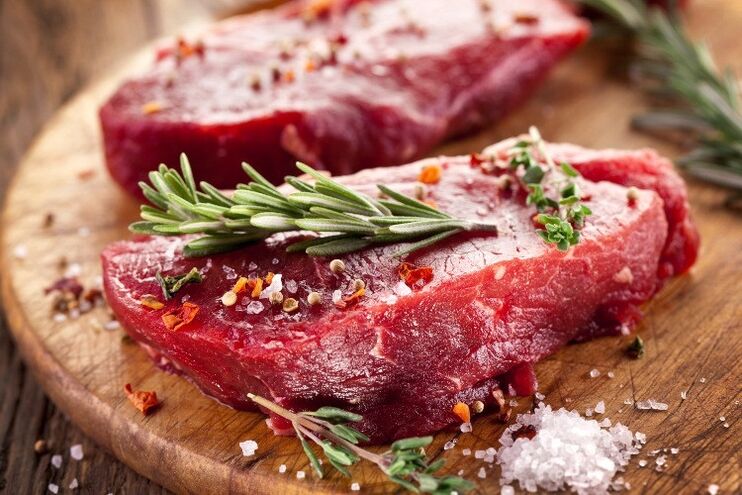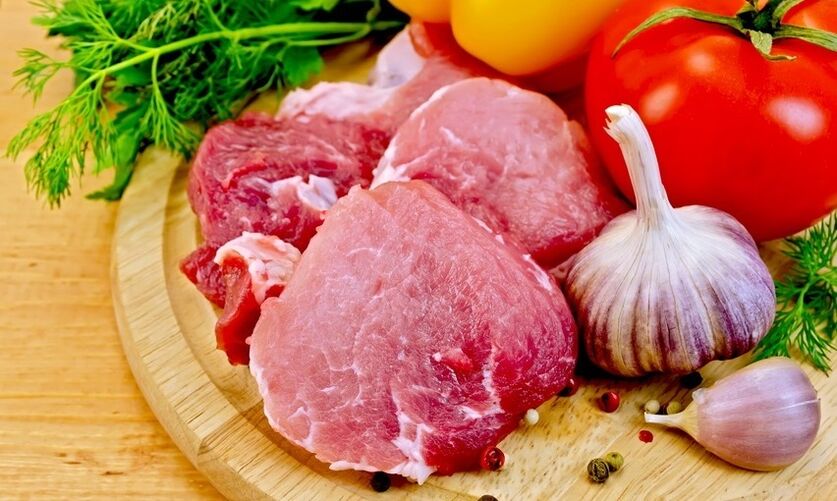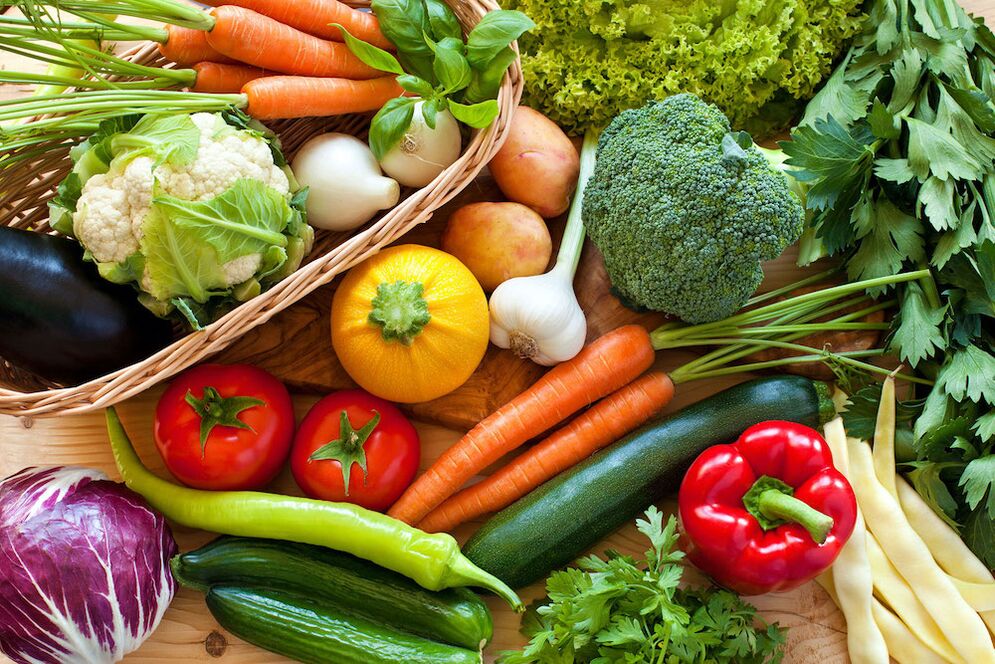
The word "diet" is commonly associated with the introduction of tasteless and monotonous dishes into the menu that promote weight loss, but do not improve the quality of life. The unusual ketogenic diet shatters all notions of diets based on the balance of carbohydrate and protein intake, and suggests losing weight by including fatty foods in the diet.
How the diet works
The essence of the diet: to minimize the consumption of proteins and carbohydrates and start the process of ketosis in the body - the active burning of fats.
How does this happen?
The main source of energy for a person is carbohydrates, and in their absence, the body is forced to "switch" to an alternative energy extraction scheme, i. e. use fats that "dead weight" settle on the body. There is a process of splitting fats into ketone bodies, which the body uses to ensure its own life, as a result of which "extra" fats go away by themselves.
Simply put, the ketogenic diet for weight loss allows you to trick the brain into believing that the body is starving and needs extra energy. Therefore, the menu includes fatty dishes that were not previously recommended in any diet: fatty cheeses, scrambled eggs with bacon, mouth-watering steaks, etc.
Diet Rules
The ketogenic diet has its own rules, non-compliance with which threatens disorders in the body and additional weight gain.

Rules for the ketogenic diet:
- Duration - 6 days.
- The first three days are hungry (food is completely excluded, only water is allowed). This approach cleanses the body, while preparing it for intensive weight loss. During this time, it is recommended to stay at home and sleep more, because. absolute refusal of food can cause lethargy and weakness.
- The remaining three days - food begins to be introduced into the diet in small portions, subject to a certain scheme: 4 parts are fats and 1 part is divided between carbohydrates and proteins.
- Sources of carbohydrate food should be foods rich in fiber (for example, greens or vegetables).
- You can not eat pasta, honey, pastries, bread, cereals, dried fruits, potatoes, fruits, sugar, beets and any fat-free foods.
- It is recommended to include in the menu: meat (red meat, bacon, lard), fatty dairy and dairy products, mushrooms, fish, eggs, fatty cheeses, oils.
It is recommended to limit the portion size to small sizes (not to fill up, but simply to satisfy hunger), while water should be consumed in sufficiently large volumes.
How to make a diet
The ketogenic diet offers a huge selection of products for use, in which choosing a menu is not difficult.
sample menu
Breakfast options:
- Lavash with cheese and ham and tea with milk.
- Coffee with cream, scrambled eggs and bacon.
- Butter sandwich and 2 chicken eggs.
Second breakfast options:
- Cottage cheese with sour cream.
- Tomato salad with mayonnaise and 1 boiled sausage.
- Vegetable salad dressed with vegetable oil, with the addition of baked meat.
Lunch options:
- Shchi with sour cream, pork steak and vegetable oil salad.
- Soup with fried meatballs, fried minced meat cutlets, grilled vegetables.
- Fatty fish soup, baked tuna and vegetable salad with mayonnaise.
Afternoon options:
- Coffee with milk, toast with butter.
- Curd with sour cream.
- Tea with milk and a piece of dark chocolate.
Dinner options:
- Brisket omelette, fresh cucumber, bread.
- Boiled low-fat fish, boiled asparagus with vegetable oil.
- Tomato salad with vegetable oil, chicken breast, cream tea.
Between main meals, snacks with fermented milk products (ryazhenka, yogurt, kefir) are acceptable.
Advantages and disadvantages
The ketogenic diet gives a high effect on weight loss, while it is easier to follow than other diets, because. there is practically no restriction in the diet due to the variety of permitted foods.

Observations have shown a minimum of side effects when using this method of nutrition: sometimes disorders in the gastrointestinal tract can only appear, which are easy to eliminate by adding foods with coarse fibers (lettuce, vegetables) to the diet.
There are a number of contraindications in which such nutrition is unacceptable: atherosclerosis, any deviations in the functioning of the kidneys and liver, and cardiac problems. Therefore, the diet should be used only with the consent of the doctor.












































